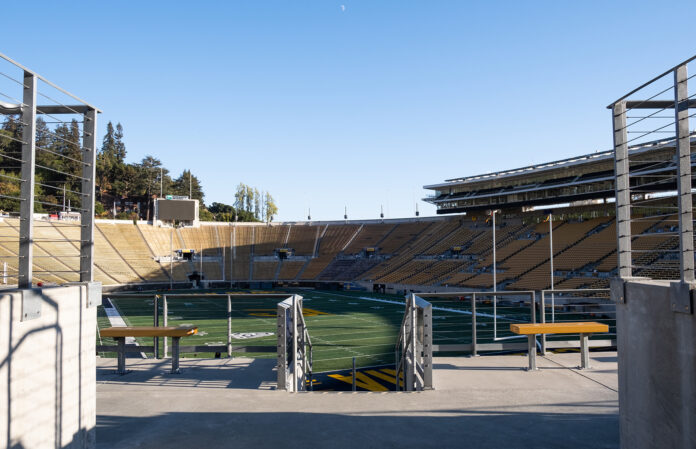
There is a lack of openly gay men in the world of college and professional sports. I was watching what felt like a Netflix documentary marathon when I came across the case of Aaron Hernandez and was inspired to research this topic.
Firstly, male athletes are expected to act a certain way. Society loves to associate the idea of an “ideal man” as masculine, strong and athletic, with, of course, heterosexual tendencies, noted Julie Baird in a journal article for the Marquette Sports Law Review.
With that said, men in high-level sports are expected to fit a mold. This causes gay men to fear that if they come out, they will be stereotyped as flamboyant or feminine. This does not accurately reflect the variety of characters and personalities that form the LGBTQ+ community, but is often the way gay men are depicted. Coming out can also have a plethora of negative effects on their careers and personal lives.
Apart from that, the fear of physical and verbal harm exists.
“84% of gay men have heard verbal slurs such as (the f-slur), while “27% of them have received verbal threats,” and “19% of gay men have been physically assaulted,” a study showed.
Truly frightening statistics. It’s no wonder openly gay men in high-level sports are so reluctant to share their sexuality.
Another notable reason was the fact that sports culture is less welcoming compared to other hobbies and professions. In an article for ABC News, John Stossel and Gena Binkley explore this subject.
“It is true that hostility toward gay people drove many away from some other professions,” they write.
With that said, it is likely that gay men never felt welcomed around other sports lovers and participants, driving them to search for a sense of belonging elsewhere. As a result, it is likely that gay men simply exist in smaller numbers in the world of college and professional sports.
Research performed by Rory Magrath came up in multiple articles during my research.
“Gay men are a finite resource, so they can’t exist in great numbers in every quarter,” Magrath suggested.
Although there is good intention in his words, it almost sounds like he is conforming to the current horrors of homophobia that exist within sports culture. To better argue this, the topic of genetics vs. environmental factors comes into play, which are widely agreed to both determine a person’s sexuality.
“Gay men are overrepresented in some areas, and as a consequence are going to be underrepresented in sports,” Magrath added.
Is there any hope for the future? Perhaps. A common trend across multiple sources did persist, which follows the pattern of one athlete coming out, being received well and then a few more coming out thereafter. However, then this dies out and the same cycle repeats a few years later.
In July 2021, Luke Prokop came out as the first openly gay NHL player and received an outpouring of support.
Additionally, a study done by Magrath found that “male athletes are universally accepting of gay teammates.”
In most stories I came across, the same positivity persevered.
Finally, the only other plausible reason some athletes are so reluctant to come out is international travel. Within professional sports, and especially soccer, international travel happens frequently. But it is important to note that not all countries are equally as tolerant of the LGBTQIA+ community.
Athletes may often feel they are better off not coming out for their safety, or even sometimes better off to quit playing. The same could be said for college athletes. Athletes in liberal states may be expected to travel to more conservative states for competition purposes.
All things considered, the present is concerning, but the future is promising.







